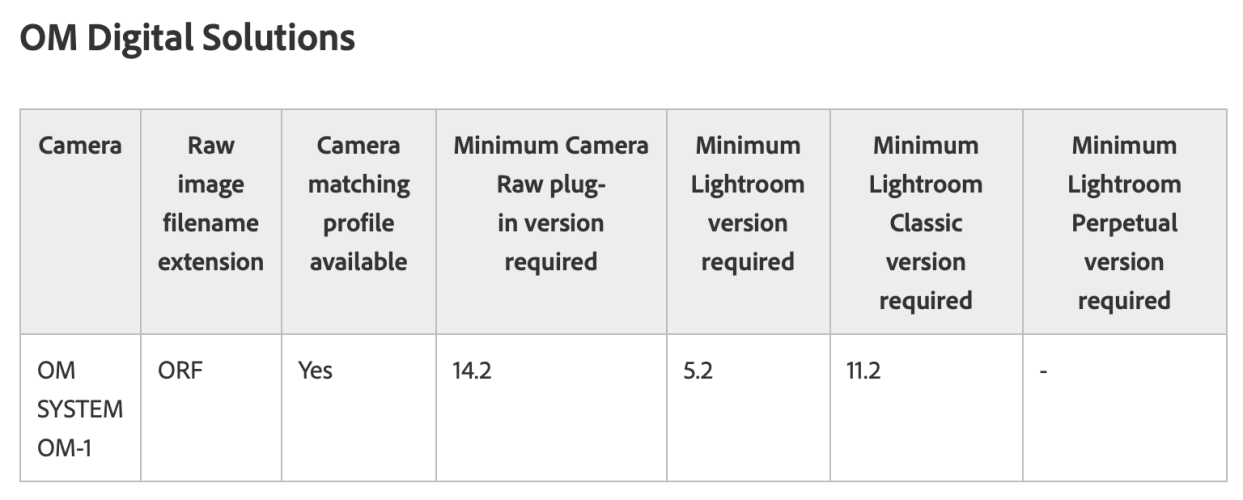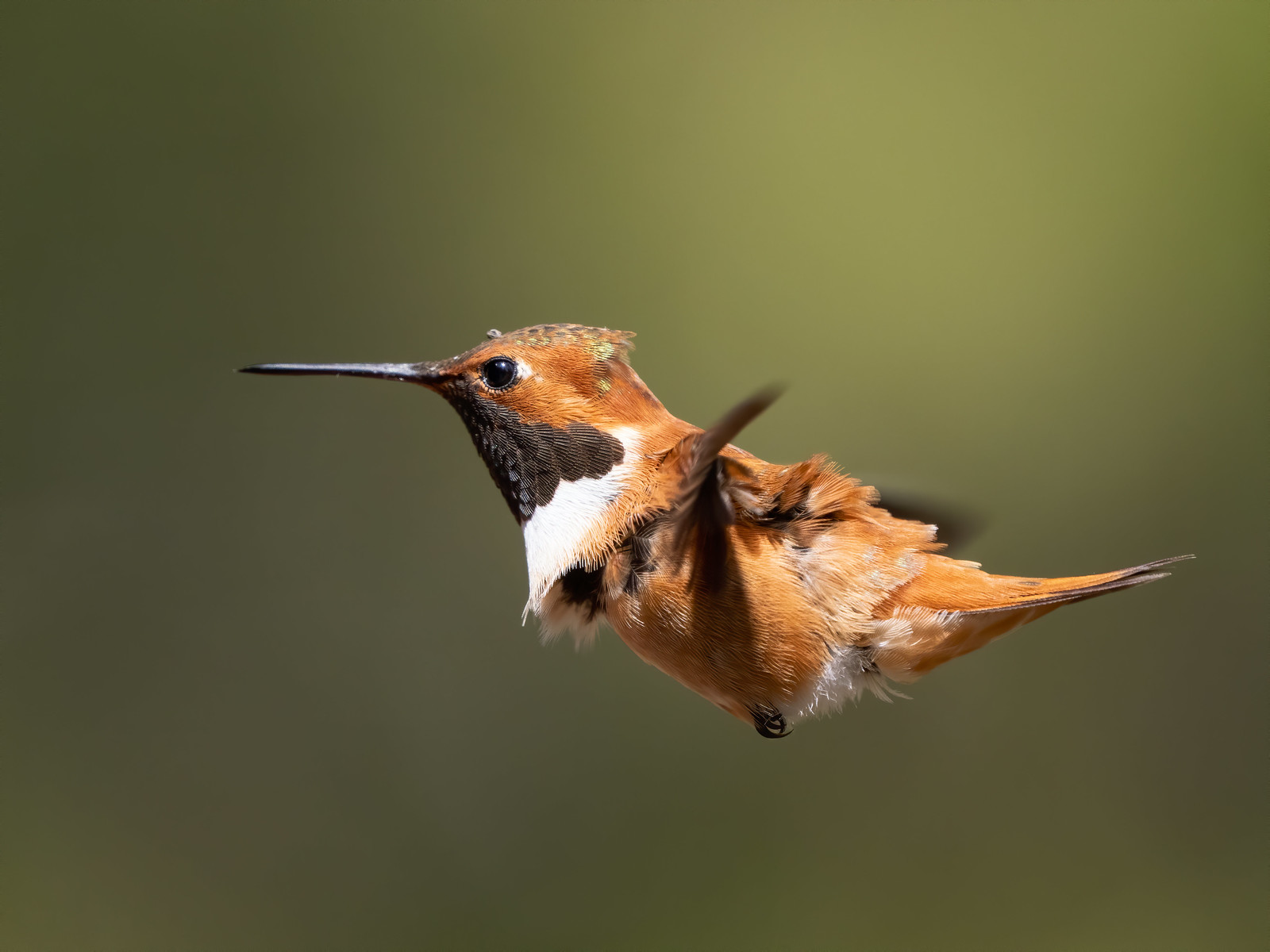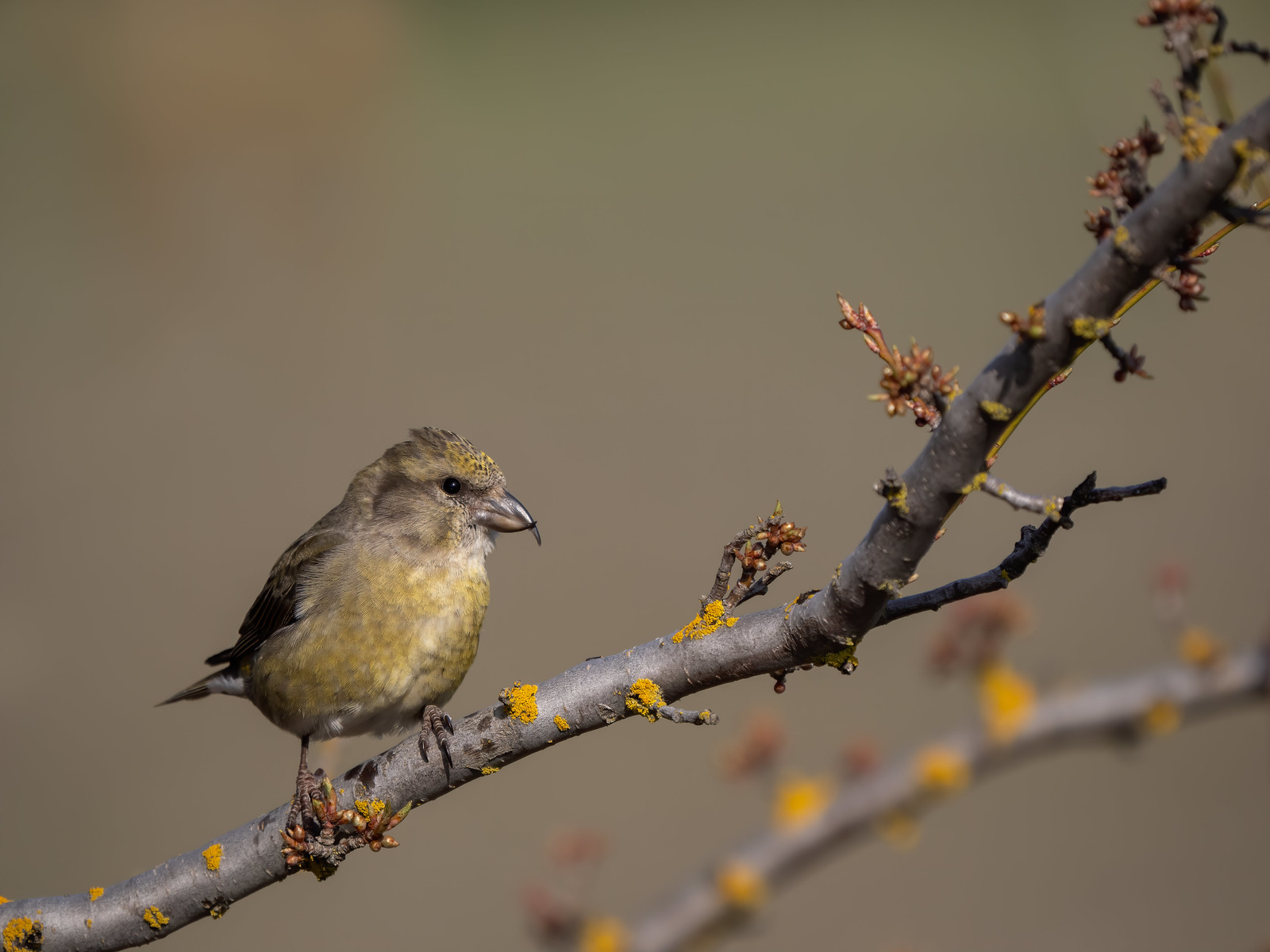While photographing swallows, I found that the AF was very confident in challenging situations, like with violet-green swallows on water with a lot of waves / surface movement and contrasting details (I haven't transferred these shots yet). It didn't seem to matter if the subject was really small in the frame. When the camera was having trouble finding the subject, reducing the AF area (with a flick of the Fn lever) helped it acquire focus - even if the bird wasn't in the AF area. I have no idea how that worked, and I might be wrong about this, given my limited experience. But tinkering with the AF area definitely helped. On the other hand, engaging the AF limiter didn't seem to matter much.
As for non-action shots, the camera had no problem whatsoever. Older Olympus cameras have had a tendency to "hesitate" with AF, resulting in some photos in a burst being sharper than others (especially with the 2x TC). This camera had none of it. I have thousands of photos now that I will have to cull because they are all so good.

Sometimes there would be a branch in the foreground and Bird AI would fail to find the bird (especially in poor light) but changing the AF area to Small helped correct that, even if, like I said, the AF area wasn't actually on the bird.

Plus the manual focus clutch came in handy. The OM-1 has a very useful setting to allow AF in manual focus mode through BBF so that you can approximate focus and then let Bird AI take over.
All the below shots taken with the 300mm Pro, 2x TC, Bird AI. Sadly this site limits posts to 5 images per post.
View attachment 36656
Bird AI is great because it frees me up to compose the shot instead of worrying about keeping the AF area on the eye of the bird ... allowing for special photos like this one:
View attachment 36657
For the four custom modes, I now have C1 set to perched birds (sequential silent shutter at 20 fps), C1 for BIFs (50 fps), C3 for ProCapture (120 fps - stunning!) and C4 for Animal AI to photograph my pets and wild mammals. I have also enabled eye detect so that I can use this mode for humans by turning off Animal AI. All are in C-AF except for C3, and I use the Fn lever to change AF areas on the fly.
My photos with this camera are the sharpest they've ever been. Part of this is no doubt the new sensor and processor, but it's clearly also the better AI, which maximizes the potential of the superb optical qualities of the 300mm Pro. It's nearly impossible to take an OOF shot of a non-action scene. With so many keepers, this is where the slower, 'normal' sequential silent shutter mode (20 fps max) will be helpful. I was wondering what the point of this mode was (aside from lower burst rate) if SH2 gives blackout-free AF. Well, SH2 does not work for slower than 1/320s. This limits the utility of SH2 in poor light and makes 'normal' silent burst mode invaluable for low light or slow shutter shots. I also did not notice any AF performance difference vs SH2 for non-action shots (haven't tried action) so this will be my mode of choice for slower subjects.
View attachment 36662
Before I discovered this "1/320 sec" limitation, I took a few high ISO shots, like this one at sunset. I'm including this one to show sensor performance in low light. ISO 10,000. Pretty good!
View attachment 36661
Upon switching to 'silent sequential' and lowering my shutter speed (and ISO), I discovered that even though this isn't a 'blackout free' mode, I didn't sense any distracting blackout at all. Just a slight flutter in the EVF, very unlike my E-M1ii or D500. I even forgot that this mode has 'blackout', and only noticed it when I paid attention to it.
Here's a shot taken at dusk (7:58 PM), at 1/20 sec, handheld, at f8 and a whopping 600mm (1200mm equivalent reach). The kestrels were mating - note the sharpness of the male's head! If Olympus IBIS could work miracles before, this new camera truly brings it into its own. Who says Micro Four Thirds can't do low light?
 View attachment 36658
View attachment 36658
I hope this has been helpful! I wish I could include more photos as examples but that darned 5-photo limitation makes it inconvenient, plus I have a few thousand sharp "keepers" from two days with the kestrels and I wouldn't know where to start.

Let me know if you have any questions / corrections!







